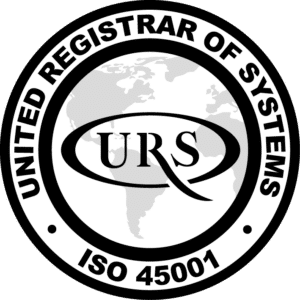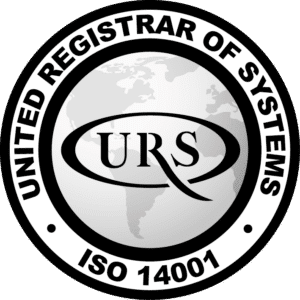Five Common Myths About Paper Usage
Mar 12, 2025 • 5 minutes

Messages like “Save a tree, do not print this email” or “Go paperless to help the environment” are everywhere. They make it seem like using paper is always harmful to the planet. But the truth is, paper is one of the most sustainable materials available.
Many concerns about paper come from misconceptions rather than facts. Paper is renewable, recyclable and, when sourced correctly, environmentally responsible.
Let us debunk five of the biggest myths about paper use and explain why you do not need to feel guilty about using it.
Myth #1: Paper Production Destroys Forests
It is often assumed that using paper leads to deforestation, but in responsibly managed forests, tree cover is actually increasing. In Europe alone, forested areas have expanded by more than 140,000 km² since 1990, which is roughly the size of Greece. This growth is not accidental, it is the result of sustainable forestry practices. These practices ensure that for every tree harvested, more are planted to create a continuous cycle of renewal.
Paper production from legal, certified sources does not contribute to deforestation. Instead, it helps maintain forested land by making trees a valuable resource, preventing them from being cleared for agriculture or urban development.
Myth #2: Going Paperless is Always Better for the Environment
Using less paper sounds like a good way to help the environment, but digital technology has its own impact. Every email, online document or cloud storage file requires energy, and the data centres that power the internet run all day and night, consuming large amounts of electricity. In fact, the ICT sector now accounts for over 2% of global CO₂ emissions, putting it on par with the aviation industry.
Electronic devices also have a short lifespan and create e-waste. Unlike paper, which is widely recycled, electronic devices contain rare earth minerals, which are difficult to extract and recycle. Mining these materials damages ecosystems and depletes natural resources, making digital consumption less “green” than many people realise.
Myth #3: Paper Waste is a Major Environmental Problem
Some believe that most paper ends up in landfill, but paper is one of the most recycled materials in the world. In Europe, 70.5% of all paper is recycled, which is higher than glass, plastic or aluminium.
Paper only becomes a waste problem when it is not disposed of properly. If paper is mixed with food, plastic or non-recyclable materials like some receipts, it cannot be processed. By recycling correctly, we can extend the life of paper fibres and reduce unnecessary waste.
Myth #4: The Paper Industry is a Major Contributor to Carbon Emissions
The paper industry has made big improvements in reducing its carbon footprint. With more investment in renewable energy, it is now one of the most environmentally responsible manufacturing sectors.
Since 1990, the European paper industry has cut CO₂ emissions by 48%. It is also the largest producer and consumer of renewable energy in Europe, which has helped reduce its dependence on fossil fuels. Unlike industries that rely heavily on coal or oil, the paper sector continues to invest in sustainable solutions to lower emissions and improve efficiency.
Myth #5: Only Recycled Paper Should Be Used
Recycled paper may be one the best choices for the environment, but it has its limits. Each time paper is processed, the fibres become shorter and weaker. After being recycled four to seven times, they are too fragile to bond together properly, making them unsuitable for high-quality paper production.
Without fresh fibre, the paper recycling process would eventually come to a standstill. Sustainable forest management ensures that new, strong fibres are introduced into the system without harming the environment. Instead of relying only on recycled paper, the best approach is to use both responsibly, recycle properly and support sustainable forestry to keep the paper cycle going.
Paper is Not the Problem, How We Use It Matters
Paper itself is not the issue, it is how we produce, use and dispose of it that makes the difference. The paper industry has made huge progress in improving sustainability, but businesses and individuals also have a role to play in making sure paper use remains environmentally responsible.
One of the easiest ways to do this is by choosing FSC (Forest Stewardship Council) or PEFC (Programme for the Endorsement of Forest Certification) certified paper, which guarantees that it comes from well-managed forests where trees are replanted, biodiversity is protected and ecosystems are maintained.
How we use paper also matters. Simple changes like printing only when necessary, using double-sided printing and choosing the right paper for the job can make a big difference in reducing waste. Offices, in particular, have an opportunity to review their printing habits and switch to more sustainable options. If you are looking for practical ways to reduce waste, take a look at our guide on eco-friendly paper usage in the modern office.
Sustainable Paper Solutions From Westcountry Group
At Westcountry Group, we are committed to helping businesses make sustainable choices. We understand the importance of balancing functionality, quality and environmental responsibility, and we offer a wide range of FSC and PEFC-certified paper solutions to support your sustainability efforts.
Contact us today to find out more about our paper products. Call 0330 030 0330, email: paperorders@westcountrygroup.com or visit the paper section of our website.






